Supply Concern
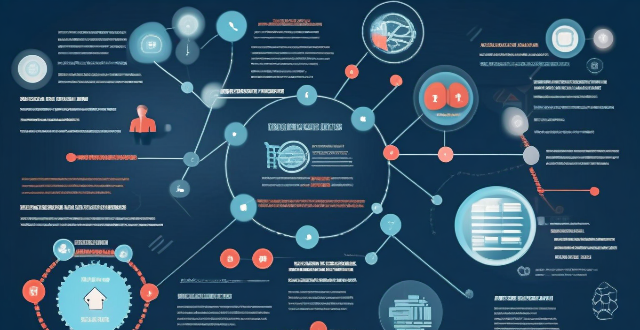
How can blockchain solve the issue of supply chain management ?
Blockchain technology can revolutionize supply chain management by addressing various challenges faced by businesses. It improves visibility and traceability, reduces paperwork and manual processes, streamlines payment processes, enhances data security, and builds trust among stakeholders. With its potential to solve many of the issues faced by businesses in supply chain management, blockchain is an ideal solution for modern supply chains.

What are the benefits and challenges of using drones for medical supply delivery ?
**Benefits of Using Drones for Medical Supply Delivery:** - **Increased Efficiency:** Drones can cover large distances quickly and bypass obstacles. - **Accessibility to Remote Areas:** Ideal for reaching rural or disaster-affected regions. - **Cost Savings:** Lower manpower and operational costs compared to traditional methods. - **Improved Safety:** Eliminates human errors and operates in hazardous conditions. - **Real-Time Tracking:** Ensures accountability and peace of mind for senders and recipients. **Challenges of Using Drones for Medical Supply Delivery:** - **Regulatory Issues:** Strict regulations and complex permit processes limit drone operations. - **Technical Constraints:** Limited load capacities, battery life, and weather conditions affect reliability. - **Security Concerns:** Risks of interception and tampering with cargoes. - **Public Perception:** Addressing privacy concerns and gaining public acceptance is essential. - **Infrastructure Development:** Significant investment required for support infrastructure.

How can suppliers be motivated to adopt more eco-friendly practices in their operations to support a greener supply chain ?
**Motivating Suppliers to Adopt Eco-Friendly Practices** In today's world, environmental sustainability has become a global concern, and businesses are increasingly looking towards greener supply chains. However, the success of a green supply chain largely depends on the suppliers' willingness to adopt eco-friendly practices. This article provides strategies for motivating suppliers to embrace sustainable operations, including financial incentives, collaborative approaches, transparency and accountability, technology and innovation, and regulatory compliance. By implementing these strategies, businesses can effectively motivate their suppliers to adopt eco-friendly practices, which not only benefits the environment but also enhances business reputation and customer satisfaction.

How can smart contracts improve supply chain management ?
Smart contracts can revolutionize supply chain management by automating transactions, enhancing transparency, improving efficiency, enabling real-time tracking, and reducing risks. This decentralized and automated approach can save time, reduce costs, prevent fraud, and improve overall trust between parties in the supply chain.
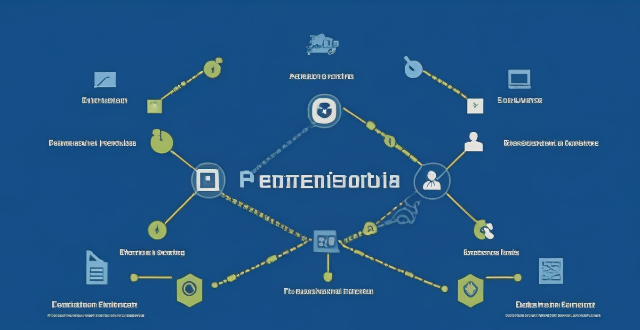
How do geopolitical factors influence the sustainability efforts of global supply chains ?
Geopolitical factors significantly influence sustainability efforts in global supply chains by affecting trade policies, political stability, resource control, infrastructure development, and cultural attitudes towards sustainability. These elements determine the costs, efficiency, and environmental impact of global production networks. Understanding these dynamics is vital for businesses aiming to build resilient and sustainable supply chain operations.

How can businesses measure and report their environmental performance throughout their supply chains ?
Measuring and reporting environmental performance in supply chains involves setting clear objectives, conducting a baseline assessment, developing an action plan, implementing and monitoring progress, and reporting performance transparently. Adopting standardized metrics, engaging stakeholders, and continuously improving are best practices to effectively manage environmental impact throughout the supply chain.
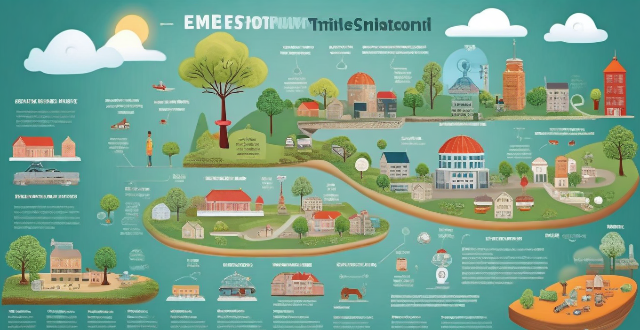
What are the economic implications of investing in climate-resilient supply chain infrastructure ?
This article explores the various economic implications of investing in climate-resilient supply chain infrastructure. It highlights how such investments can lead to cost savings, increased productivity and efficiency, improved insurance rates, enhanced supply chain visibility, and competitive advantage. The article also emphasizes the importance of building a strong brand reputation and accessing new markets through sustainable and resilient practices. Overall, it underscores the significance of prioritizing investments in climate-resilient supply chain infrastructure for businesses and economies around the world.
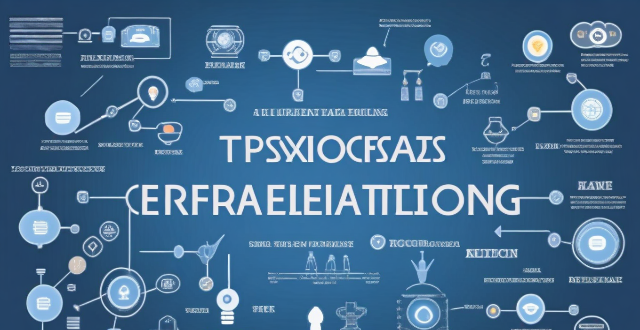
What role does technology play in ensuring a continuous supply of sustainable energy ?
The text discusses the pivotal role of technology in securing a consistent supply of sustainable energy. It highlights how technology enhances efficiency, reduces costs, mitigates environmental impacts, boosts energy security, and fosters innovation and job creation in the renewable energy sector.

What are the impacts of global warming on agricultural production and food supply ?
This article discusses the impacts of global warming on agricultural production and food supply, including changes in climate patterns, reduced crop yields, loss of biodiversity, decreased nutrient content, heat stress in livestock, changes in feed availability, increased risk of disease, reduced food availability, increased food prices, and food safety concerns.

What policies and regulations are currently in place to encourage more sustainable supply chain practices ?
Policies and Regulations Encouraging Sustainable Supply Chain Practices discusses various government initiatives, industry standards, and international agreements that promote sustainable supply chain practices. Government policies such as green procurement, carbon pricing, and eco-labels incentivize businesses to adopt environmentally friendly operations. Industry standards like CSR and LCA help companies understand and reduce their ecological footprint. International treaties like the Paris Agreement and Basel Convention provide a global framework for sustainable practices. Together, these measures form a comprehensive system to support sustainable supply chains worldwide.

What is the role of consumers in driving more sustainable supply chain practices through their purchasing decisions ?
Consumers play a crucial role in driving more sustainable supply chain practices through their purchasing decisions. By choosing products that are produced using environmentally friendly and socially responsible methods, consumers can influence companies to adopt more sustainable practices throughout their supply chains. This can lead to reduced carbon emissions, improved working conditions, and better resource management. The key points include education and awareness, green consumerism, supplier selection, product design, brand loyalty, public pressure, regulatory influence, investor interest, innovation, and collaboration.
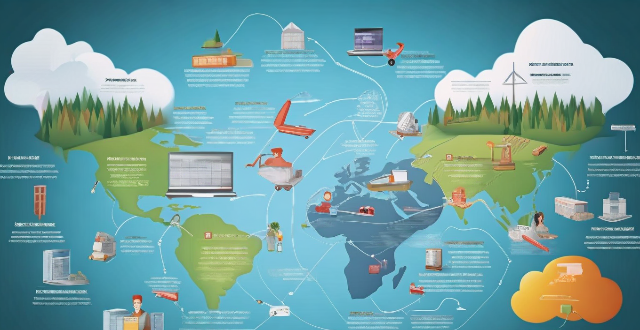
What are some best practices for managing risk associated with climate change in a global supply chain ?
This article outlines best practices for managing risk associated with climate change in a global supply chain. It suggests assessing climate change risks by identifying potential impacts and evaluating vulnerabilities, developing a risk management plan that includes setting clear objectives and implementing mitigation measures, and monitoring and reviewing performance through tracking progress against objectives and continuously improving strategies. Key strategies include diversifying supplier networks, investing in resilient infrastructure, improving energy efficiency, enhancing supply chain transparency, promoting sustainable practices, establishing regular reporting processes, benchmarking against industry standards, soliciting stakeholder feedback, revising risk management plans regularly, participating in collaborative learning opportunities, and fostering a culture of innovation within the organization.

In what ways can businesses engage in sustainable supply chain management as a key component of their CSR programs ?
The text discusses the importance of sustainable supply chain management in corporate social responsibility (CSR) programs. It emphasizes setting clear objectives and goals, conducting supplier audits and assessments, collaborating with suppliers, measuring performance and reporting results, and continuously improving and innovating as key steps in sustainable supply chain management. The text suggests that these practices can help businesses demonstrate their commitment to sustainability while also improving their bottom line.

How has the COVID-19 pandemic highlighted the importance of resilient supply chain management in the face of climate-related disruptions ?
The text discusses the impact of the COVID-19 pandemic on supply chain management and emphasizes the importance of resilient supply chain management to withstand future climate-related disruptions. The pandemic caused significant disruptions in the global supply chain, including disruption of global trade, bottlenecks, shortage of raw materials, and labor shortages. A resilient supply chain is adaptable, diversified, collaborative, and leverages technology to improve efficiency, reduce waste, and increase transparency. These characteristics ensure that the supply chain can withstand not only the current crisis but also future climate-related disruptions.

What are some common causes of foodborne illnesses ?
Food safety is a major concern for consumers, and there are several types of contaminants that can make food unsafe to eat. Bacterial contamination is the most common type, with Escherichia coli (E. coli), Listeria monocytogenes, Salmonella, Staphylococcus aureus, and Campylobacter jejuni being some of the most common bacteria that can cause foodborne illness. Viral contamination is also a concern, with norovirus, rotavirus, hepatitis A virus (HAV), and enteroviruses being some of the most common viruses that can cause foodborne illness. Parasitic contamination is less common but still a concern, with Giardia lamblia and Cryptosporidium parvum being two of the most common parasites that can cause foodborne illness. Chemical contamination is also a concern, with heavy metals, pesticides and herbicides, dioxins and PCBs being some of the most common chemicals that can contaminate food. Finally, there have been several outbreaks of foodborne illness in recent years, including outbreaks of E. coli O157:H7 in spinach in the United States in the late 1980s and early '90s, outbreaks of Listeria in deli meats in Canada in the late '90s and early '00s, and outbreaks of norovirus in cruise ships in recent years.

Are there any safety concerns associated with power batteries in electric vehicles ?
Electric vehicles (EVs) are becoming increasingly popular as an alternative to traditional gasoline-powered cars. One of the main components of an EV is its power battery, which stores energy and provides it to the electric motor. While power batteries have many benefits, there are also some safety concerns associated with them. In this article, we will discuss these concerns and how they can be addressed. The most significant safety concern associated with power batteries is thermal runaway. This occurs when a battery cell overheats and causes a chain reaction that can lead to fire or explosion. Thermal runaway can be caused by various factors, including manufacturing defects, physical damage, or improper charging. Another safety concern associated with power batteries is chemical leaks. Lithium-ion batteries, which are commonly used in EVs, contain chemicals that can be harmful if they leak out of the battery pack. Finally, there is a risk of fire associated with power batteries in EVs. While fires are rare, they can occur due to thermal runaway or other factors, such as physical damage to the battery pack.
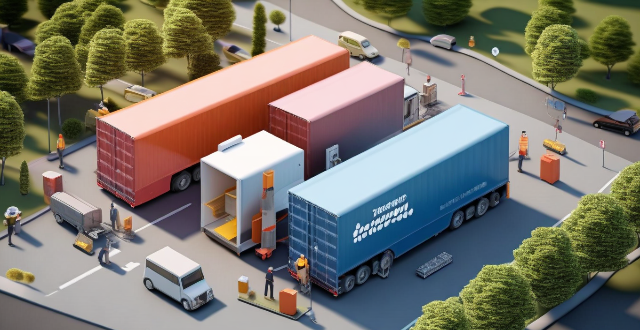
How can blockchain technology improve supply chain management in transportation ?
Blockchain technology can improve supply chain management in transportation by providing enhanced transparency, increased efficiency, improved security, and greater collaboration. This can lead to reduced costs, faster dispute resolution, and improved customer satisfaction. Blockchain allows for real-time tracking of goods, shared data access, automated processes, and reduced paperwork. It also ensures data integrity, builds trust among parties, and helps mitigate risks. By encouraging collaboration and open standards, blockchain promotes innovative solutions that can further improve supply chain management in transportation.
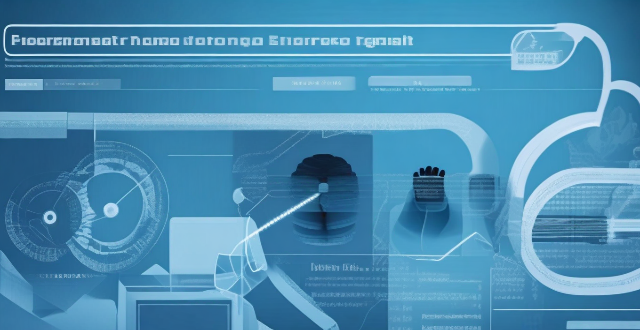
How can blockchain technology be used in supply chain management ?
Blockchain technology is poised to revolutionize supply chain management by offering transparency, traceability, and security. Smart contracts automate transactions, while secure data sharing promotes collaboration. The technology also reduces manual processes, paperwork, and enhances compliance.
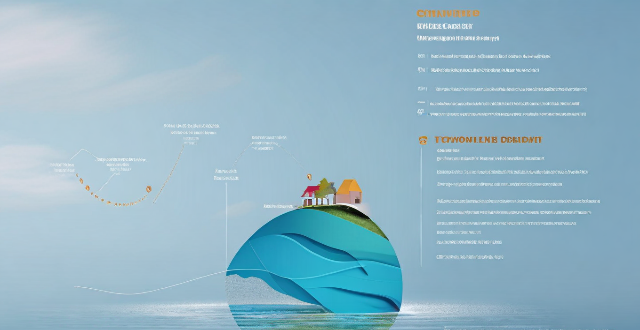
How does climate change affect global supply chain management ?
Climate change affects various aspects of life, including global supply chain management. Extreme weather events, rising sea levels, changes in agricultural production, energy costs, and labor availability are some ways in which climate change impacts this crucial aspect of business operations. Businesses must adapt their strategies to mitigate these risks and ensure the continued efficiency and effectiveness of their operations.

How does global shopping change with holiday seasons ?
The holiday season significantly impacts global shopping trends, affecting consumer behavior, marketing strategies, and supply chain operations. Key changes include increased spending, a shift to online shopping, targeted advertising, adapted supply chains, evolving product demands, workforce adjustments, sustainability concerns, and digital transformation. Retailers must adapt to these changes to meet consumer expectations and maximize sales success.

Are there new innovations in battery storage technology that could improve the reliability of renewable energy sources ?
Renewable energy sources are becoming increasingly popular, but their intermittency can cause fluctuations in energy supply. To address this issue, there have been several new innovations in battery storage technology that could improve the reliability of renewable energy sources. Lithium-ion batteries have a high energy density and long lifespan, making them ideal for storing large amounts of energy from renewable sources. Flow batteries store energy in liquid electrolytes that are pumped through a cell stack, allowing for continuous charging and discharging without degradation. Supercapacitors can charge and discharge very quickly, providing bursts of power when needed. Thermal energy storage systems use heat rather than electricity to store energy and can be integrated with various renewable sources. By incorporating these technologies into existing renewable energy systems, we can ensure a more stable and reliable energy supply while reducing our reliance on fossil fuels.

What is the future outlook for gold investment ?
The future outlook for gold investment is influenced by various factors such as economic conditions, monetary policy, supply and demand dynamics, and investor sentiment. Economic uncertainty can drive up the demand for gold as a safe-haven asset, while periods of growth may decrease its value. Central banks' interest rate decisions and money supply changes can also impact gold prices. Supply and demand dynamics, including mining production and jewelry demand, play a role in determining gold availability and price. Finally, investor sentiment towards gold can be shaped by market trends, investment strategies, and overall risk appetite. By monitoring these key factors, investors can make informed decisions about the viability of gold as a portfolio addition in the coming years.

How do climate-related concerns influence consumer choices in the food industry ?
Climate change is a pressing issue that affects various aspects of life, including the food industry. As consumers become more aware of their environmental impact, they are increasingly making choices based on climate-related concerns. This shift in consumer behavior has significant implications for food producers, retailers, and the entire supply chain. Factors influencing consumer choices include environmental sustainability, health considerations, economic factors, ethical concerns, personal values and beliefs. The impact on the food industry includes product development, supply chain management, marketing strategies, retail practices, and policy influence. Businesses that adapt to these changing preferences by embracing sustainability and transparency are likely to gain a competitive edge in the marketplace. It is essential for companies to anticipate and respond to these trends to maintain relevance and profitability while contributing positively to the environment.
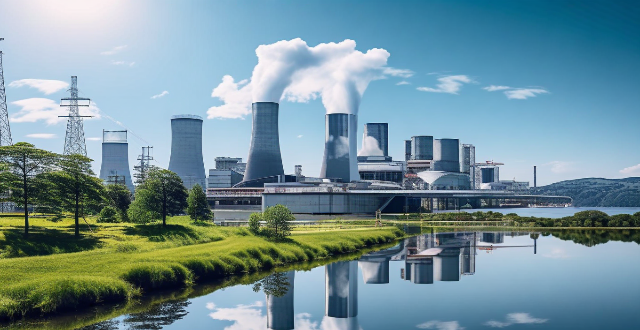
What role do technology and innovation play in improving sustainability within supply chain management ?
Technology and innovation are crucial for enhancing sustainability in supply chain management. They enable real-time monitoring, process optimization, energy efficiency, waste reduction, and transparency. By adopting these advancements, businesses can create environmentally friendly operations while maintaining profitability.

What is the significance of traceability in the food supply chain for food safety ?
Traceability in the food supply chain is crucial for food safety, enhancing transparency, facilitating recalls, improving quality control, supporting regulatory compliance, enabling better risk management, and promoting sustainable practices.

What challenges do we face in achieving a continuous supply of sustainable energy ?
The challenges to achieving a continuous supply of sustainable energy include technological limitations, economic barriers, political and social factors, infrastructure and grid integration issues, and environmental impacts. Addressing these challenges requires collaboration between governments, businesses, and individuals to work towards a more sustainable future for our planet.

Are there any safety concerns with using a super fast charging station ?
The text discusses the safety concerns associated with using a super fast charging station, such as potential damage to the battery and risk of overheating. It also highlights other safety concerns like electrical shock, poor quality chargers, and overcharging. The text emphasizes the importance of taking proper precautions and following safety guidelines to minimize these risks.